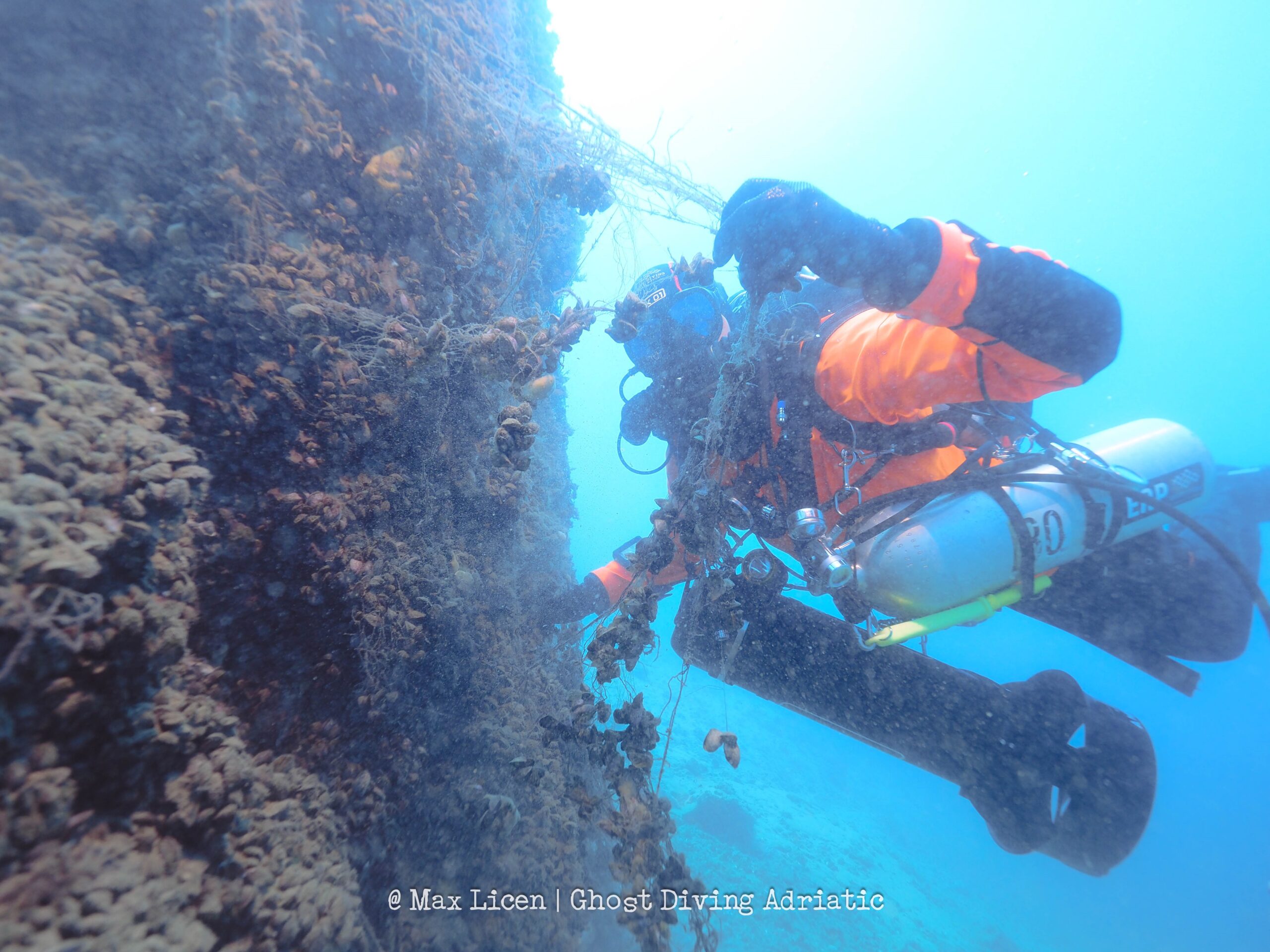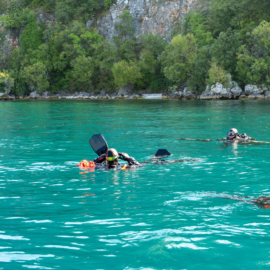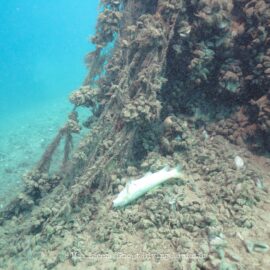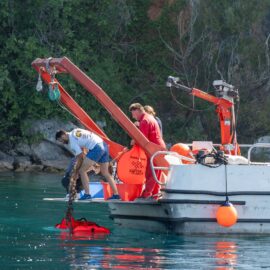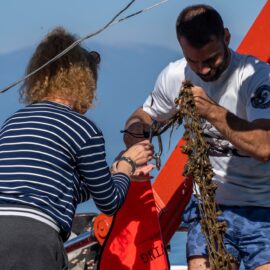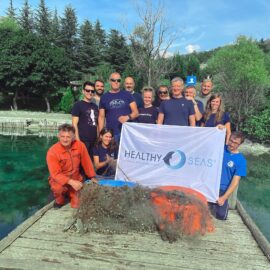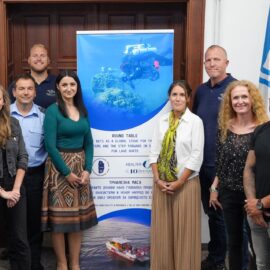Hey there, fellow ocean enthusiasts! We’ve got an exciting story to share with you, and it’s about our recent underwater adventure in the heart of Europe – Lake Ohrid. You might be wondering, what makes this lake so special? Well, let us take you on a journey to the oldest and one of the most diverse lakes in the world!
Lake Ohrid: A UNESCO World Heritage Gem
Lake Ohrid, nestled between Northern Macedonia and Albania, is no ordinary lake. It’s a natural wonder with a maximum depth of 288 meters and a vast expanse stretching over 30 km in length and 15 km in width. But that’s not even the best part; this place is an ecological paradise, home to more than 200 species found nowhere else on Earth. It’s like a living museum of biodiversity, earning it the nickname “Museum of living fossils.” And here’s the kicker – since 1979, Lake Ohrid has been a proud UNESCO World Heritage Site.
Yet, despite its UNESCO status, Lake Ohrid faces environmental challenges that threaten its pristine beauty. Ghost fishing gear, uncontrolled waste disposal, and illegal fishing activities have put this unique ecosystem at risk. The lake has been plagued by ghost nets for decades, even though fishing is illegal on the Macedonian side. These lurking ghost nets, along with the remains of unfortunate aquatic creatures, disrupt the natural fish spawning grounds, especially for endemic species like Lake Ohrid Trout and Lake Ohrid Belvica.
Our Mission: Cleaning Up and Raising Awareness
To come to the rescue of Lake Ohrid, we embarked on our first-ever lake clean-up mission. We teamed up with the Hydrobiological Institute of Ohrid and the local Diving Center Amfora, and together, we dove into action. Our mission was clear: free Lake Ohrid from the clutches of ghost fishing gear and pollution, with a keen focus on the area between the Bay of Bones and Trpejca – a crucial zone for the Lake Ohrid Trout’s natural spawning grounds.
Our dedicated Ghost Diving volunteers braved the depths to remove 64 gillnets, anchors, artificial lures, and ropes. Among the nets, we found some lifeless creatures that had become entangled, but we also managed to save one lucky fish and release it back to its aquatic home.
A significant part of our mission was also to work closely with the local experts from the Hydrobiological Institute of Ohrid. They played a pivotal role in identifying the ghost nets’ origins, target species, and their potential illegal use. Their expertise was instrumental in understanding the ecological threats and helping us strategize the best ways to protect Lake Ohrid’s remarkable biodiversity.
But our mission didn’t stop at cleaning up the lake. We understood the importance of involving the local community and raising awareness about the need to preserve this UNESCO World Heritage Site. So, we organized a roundtable event in collaboration with the Hydrobiological Institute of Ohrid, bringing together government officials and environmental organizations. At the roundtable, we brainstormed solutions to the ghost fishing problem and paved the way for future conservation projects that actively engage the local community.
Our ultimate goal isn’t just to clean up Lake Ohrid; it’s to ensure the sustainable protection of this incredible ecosystem for generations to come. We want to emphasize that Lake Ohrid is not just any lake; it’s a UNESCO World Heritage treasure, and restoring its natural state and biodiversity is of utmost importance.
As we look ahead, we’re excited about the possibilities that lie in protecting this exceptional lake. Together, we can make a difference and ensure that Lake Ohrid remains a shining example of the natural world’s wonders. Let’s keep the spirit of adventure alive and protect our planet, one water treasure place at a time. Whether it’s a lake, a sea, or any other aquatic wonder, together, we can make a difference in safeguarding these precious environments for the benefit of all.
We want to extend our heartfelt gratitude to Hyundai Europe, our valued partner, whose support made this project possible.



